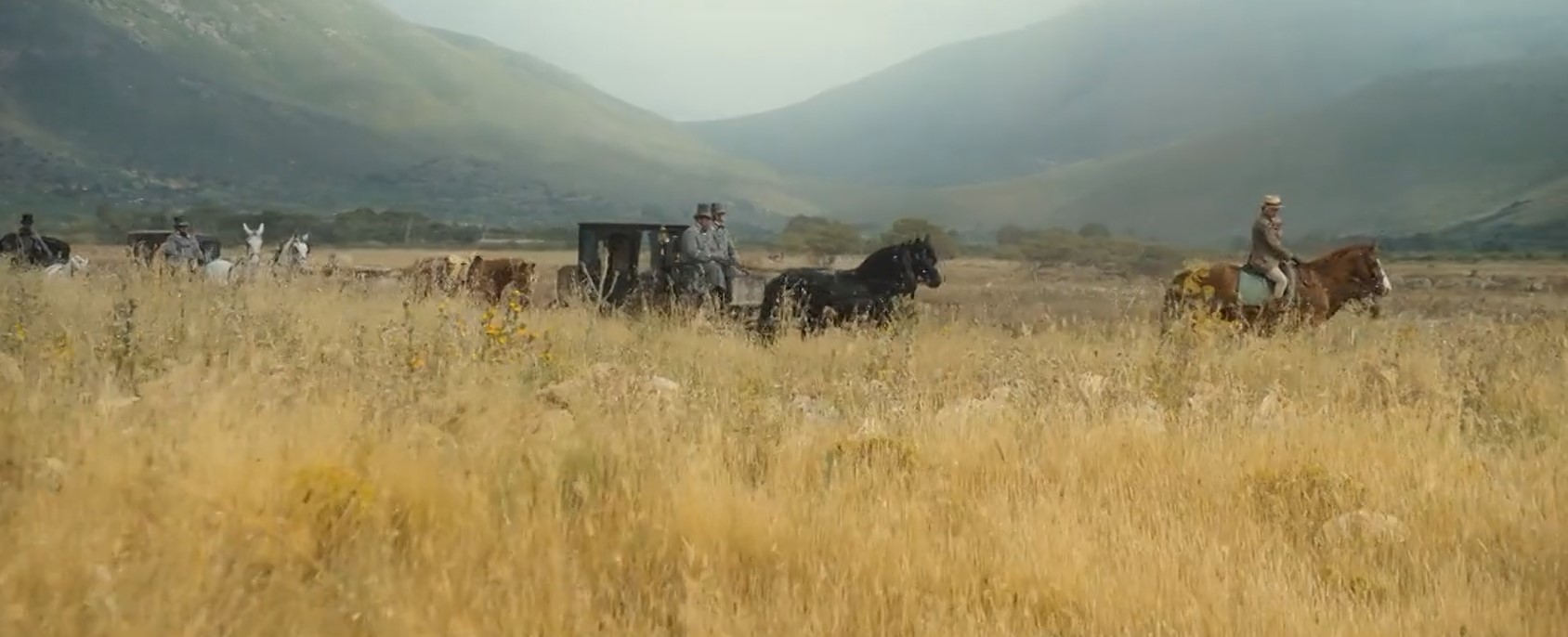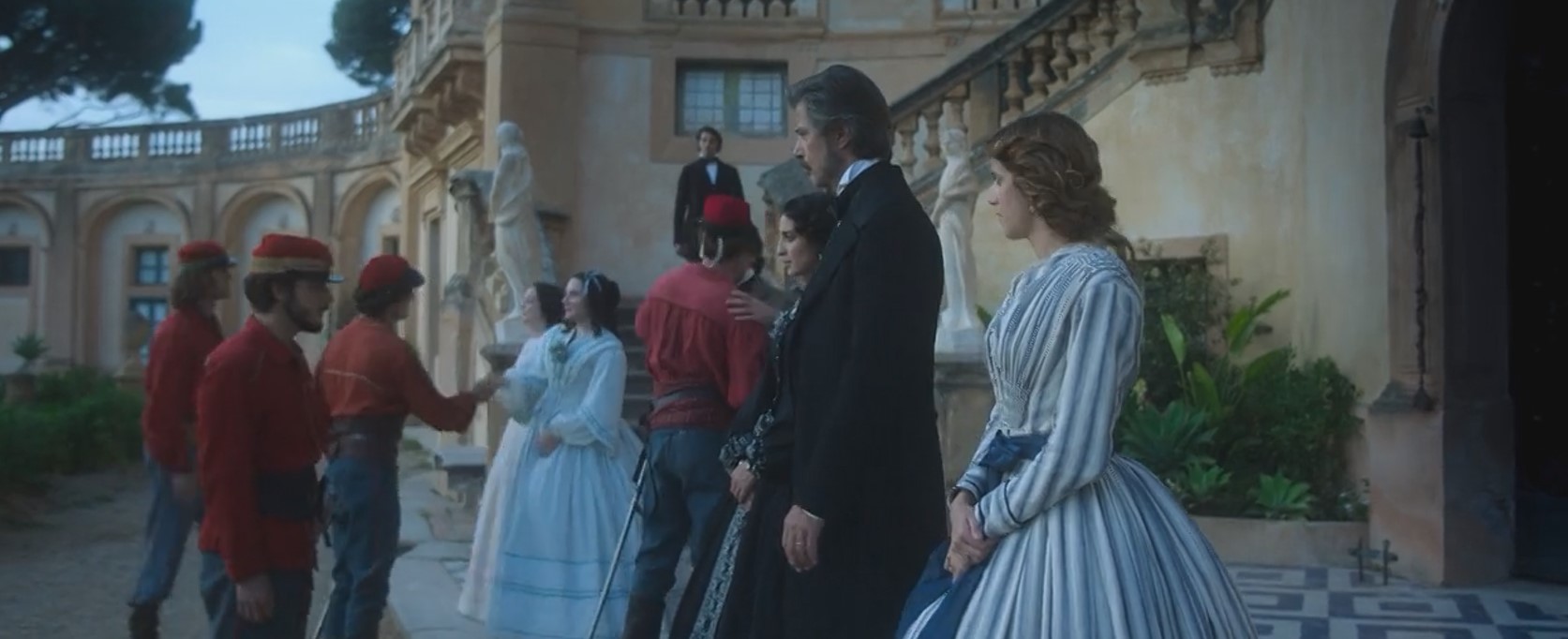“Il Gattopardo”, the novel by Giuseppe Tomasi di Lampedusa, is today considered the best-selling book in the history of Italian literature, translated into more than 40 languages and sold in millions of copies worldwide. However, its path to readers was far from easy. The manuscript was initially rejected by several prestigious Italian publishers, including Mondadori and Einaudi, on the grounds that it was too conventional, nostalgic, and politically inappropriate in the context of the Italian intellectual climate at the time. Only after the author’s death in 1957, thanks to the intervention of literary critic Giorgio Bassani, was the novel accepted and published in 1958 by the publishing house Feltrinelli. Upon release, it became an immediate success with readers and soon after with critics, winning the Strega Prize in 1959. Today, it is considered one of the most important and influential novels of the 20th century, frequently studied in academic fields such as history, literature, and political theory. A few years later, in 1963, a film adaptation of the same name was directed by Luchino Visconti. The leading roles were played by Burt Lancaster as Prince Salina, Alain Delon as Tancredi, and Claudia Cardinale as Angelica.
When I first started watching the series, I honestly thought “Il Gattopardo” referred to a cheetah — it sounded exotic, fast, predatory. But then I realized it was actually about a leopard, since the Italian word “gattopardo” refers to a mythical feline creature resembling a leopard, a symbol of fading aristocratic elegance and power. And for the record, cheetah in Italian is ghepardo.
“If we want things to stay as they are, things will have to change.”
The series Leopard is a real gem for lovers of historical drama with a strong emotional and family-driven storyline. Set in 1860s Sicily during the time of the Risorgimento — the Italian unification led by Garibaldi — the series follows Don Fabrizio Corbera, the Prince of Salina, as he faces the decline of the aristocratic world and attempts to preserve his family’s influence through the marriage of his nephew Tancredi to Angelica, the daughter of a newly wealthy peasant.
Leopard unfolds during a pivotal moment in Italian history — the Risorgimento, when Garibaldi’s “redshirts” conquered Sicily, toppling Bourbon rule and paving the way for Italian unification. But this is not merely a story about political shifts; it’s a tale of the clash between old and new orders: the aristocracy losing its power while the bourgeoisie, embodied in the character of Don Calogero Sedara, rises. The series faithfully captures this transition, with an emphasis on Sicilian identity — an island shaped for centuries by foreign influences, from the Greeks to the Arabs, all reflected in its culture and landscape. Unlike the book and the film, the series devotes more attention to the political context and the inner conflicts of the characters, making the history more vivid and accessible to a modern audience.
And now, the differences between the book, the film, and the series?
The book is contemplative. More of a diary of the soul than a narrative. Lampedusa writes like someone who knows he is dying alongside the world he is describing. The entire book smells of dust, old libraries, and the twilight of an era. It’s not a drama — it’s an epitaph.
The film is an opera. Baroque, lavish, a grand visual ballet — like the final dance of the old order. Visconti took the political melancholy of the novel and turned it into pure aesthetics. The famous ballroom scene lasts nearly an hour, yet it’s never boring — it’s a visual testament of a dying class.
The series is the most accessible. It tries to draw more psychological depth from the characters, bringing their fears and inner struggles closer to us. Where the book uses metaphor and nostalgia, and the film relies on imagery and silence, the series goes straight for the dialogue, the gesture, the glance. At times, this might strip the story of its poetry, but it gives it emotional immediacy that previous versions kept hidden behind style.
Italian actors and authenticity. One of the series’ biggest strengths is the fact that the cast is Italian, speaking in their native language. Kim Rossi Stuart brings a cold but deeply emotional interpretation of Don Fabrizio. The film, despite Lancaster’s charisma, lacked authenticity due to its international cast and the use of dubbing.
A more modern narrative: While the film was almost an “operatic” ode to the past, the series balances historical drama with family saga, emphasizing political maneuvering and interpersonal dynamics. This makes it more dynamic and less static than the film. The series also has six hours to unfold its story, unlike the film, which, although epic, is limited to three.
It’s also worth noting that the series has more room to develop its female characters. In the book and film, they are mostly symbols — Angelica is Sicily, Tancredi is the youth of Italy, and the prince is a metaphor for the fading aristocracy. The series breathes life into these roles, giving them more than allegorical weight. Deva Cassel as Concetta brings a gentle defiance, an internal struggle — something neither the book nor the film explored deeply.
1. The Novel: The Leopard (1958) by Giuseppe Tomasi di Lampedusa
-
Medium: Literary novel, published posthumously in Italian as Il Gattopardo (translated as The Leopard in English).
-
Scope: Spans decades (1860–1910), chronicling the decline of the Sicilian aristocracy through Don Fabrizio Corbera, Prince of Salina. It’s structured in eight chapters, blending historical events with introspective depth.
-
Focus: A psychological and philosophical study of Don Fabrizio, a contemplative nobleman facing the end of his era. The narrative emphasizes his inner world—his fatalism, nostalgia, and subtle wit—as he witnesses the unification of Italy under Garibaldi and the rise of the bourgeoisie. Key moments include his nephew Tancredi’s marriage to Angelica, the daughter of a nouveau riche merchant, symbolizing the merging of old and new orders.
-
Style: Rich, lyrical prose with a melancholic tone. It’s dense with historical detail, metaphors (e.g., the leopard as the family crest), and omniscient narration that shifts perspectives (e.g., Fabrizio, Tancredi, the priest Father Pirrone). The famous line, “If we want things to stay as they are, things will have to change,” encapsulates its theme of inevitable transformation masked as continuity.
-
Key Elements:
-
Long timeline, ending with the prince’s death and his daughters’ old age.
-
Intimate focus on Sicilian landscapes and aristocratic rituals (e.g., hunting, the Donnafugata sojourn).
-
Minimal action; prioritizes reflection over plot-driven drama.
-
-
Cultural Context: Written by a Sicilian prince reflecting on his own fading lineage, it was initially rejected for its perceived conservatism but became a bestseller for its universal meditation on change.
2. The Film: The Leopard (1963), Directed by Luchino Visconti
-
Medium: Feature film, 185 minutes (restored version), in Italian with an international cast.
-
Scope: Compresses the novel’s timeline, focusing primarily on 1860–1862, from Garibaldi’s landing to the ball scene symbolizing the aristocracy’s twilight. It ends with Don Fabrizio (Burt Lancaster) walking into a dark alley, hinting at his decline, but doesn’t cover his death or the later years.
-
Focus: A visually opulent adaptation emphasizing the grandeur and decay of the Sicilian aristocracy. Visconti, an aristocrat himself, amplifies the sensory experience—dusty landscapes, lavish interiors, and the 45-minute ballroom sequence—to mirror the prince’s world crumbling. The film balances Fabrizio’s stoicism with Tancredi (Alain Delon) and Angelica’s (Claudia Cardinale) youthful pragmatism.
-
Style: Cinematic splendor with long takes, meticulous production design, and Nino Rota’s lush score. Dialogue is streamlined, relying on Lancaster’s physical presence and subtle expressions rather than the novel’s introspection. Visconti adds a battle scene in Palermo (absent in the book) for historical context.
-
Key Differences from Novel:
-
Condensed Timeline: Omits the novel’s later chapters (e.g., Fabrizio’s death in 1888, the 1910 epilogue with his daughters), ending ambiguously at the ball.
-
Visual Emphasis: Less focus on internal monologues, more on spectacle (e.g., the ballroom as a microcosm of social shift).
-
Character Adjustments: Tancredi is more charming and ruthless, Angelica more seductive, and Fabrizio less introspective but more physically imposing due to Lancaster’s casting.
-
Added Scenes: The Palermo battle enhances the Risorgimento’s chaos, not detailed in the novel.
-
-
Cultural Context: A Palme d’Or winner at Cannes, it reflects Visconti’s Marxist leanings, subtly critiquing the aristocracy he romanticizes. The English-dubbed U.S. cut (165 minutes) was poorly received, but the restored Italian version is a classic.
3. The TV Series: The Leopard (2025), Netflix Miniseries
-
Medium: Six-episode limited series, directed by Tom Shankland, Laura Luchetti, and Giuseppe Capotondi, in Italian with English subtitles.
-
Scope: Covers roughly the same 1860–1862 period as the film, starting with Garibaldi’s invasion and ending around the ball, but expands the narrative with subplots and character backstories. Released March 5, 2025, it’s positioned as a modern reinterpretation.
-
Focus: A broader ensemble piece, still centered on Don Fabrizio (Kim Rossi Stuart), but giving more screen time to Tancredi (Saul Nanni), Angelica (Deva Cassel), and secondary characters like Concetta and Don Calogero. It’s described as a “personal family story amid nationwide tumult,” blending political intrigue with emotional drama, likened to Bridgerton for its lavishness and accessibility.
-
Style: TV-friendly pacing with episodic arcs, rich Sicilian visuals (shot in Palermo, Catania, Syracuse, and Rome), and a score by Paolo Buonvino. Early reviews praise its “visually intoxicating” frames and contemporary resonance (e.g., elites adapting to upheaval), though some criticize it as less auteur-driven than Visconti’s film. It leans into sensuality and modern audience appeal—more dialogue, heightened drama, and a touch of soap-opera flair.
-
Key Differences from Novel and Film:
-
Expanded Scope: Six hours allow deeper exploration of side characters (e.g., Concetta’s unrequited love, Father Pirrone’s role) and new subplots not in the novel or film, like the family’s flight from Garibaldi’s army.
-
Modern Lens: Scriptwriter Richard Warlow emphasizes parallels to today’s “crazy politics” (e.g., pandemics, power shifts), making it less nostalgic and more topical than the novel’s fatalism or Visconti’s elegy.
-
Casting and Tone: Younger, less iconic actors (vs. Lancaster, Delon, Cardinale) bring freshness but less gravitas. Deva Cassel’s Angelica focuses on a new directorial vision, not Cardinale’s, per her comments.
-
Narrative Additions: Includes scenes of family displacement and more explicit class tensions, adapting the book’s themes for a serialized format.
-
-
Cultural Context: Netflix’s global reach aims to reintroduce The Leopard to a streaming audience, stirring debate among Lampedusa’s descendants (some see it as commercialized). It’s less tied to Italian cinema’s auteur tradition and more to international TV trends.
Leopard is a series that moves to its own rhythm — quietly but confidently, without the need for spectacle. Its strength lies in the way it doesn’t try to impress quickly but slowly builds a world where every line, costume, and glance feels intentional. Characters aren’t there to be liked, but to be real. The series doesn’t overexplain or simplify, but trusts that you’ll feel it — if you’re willing to surrender to it. And once you do, it pulls you into a story about the end of an era, silently but profoundly, leaving you with the sense that you’ve witnessed something that won’t return again.


